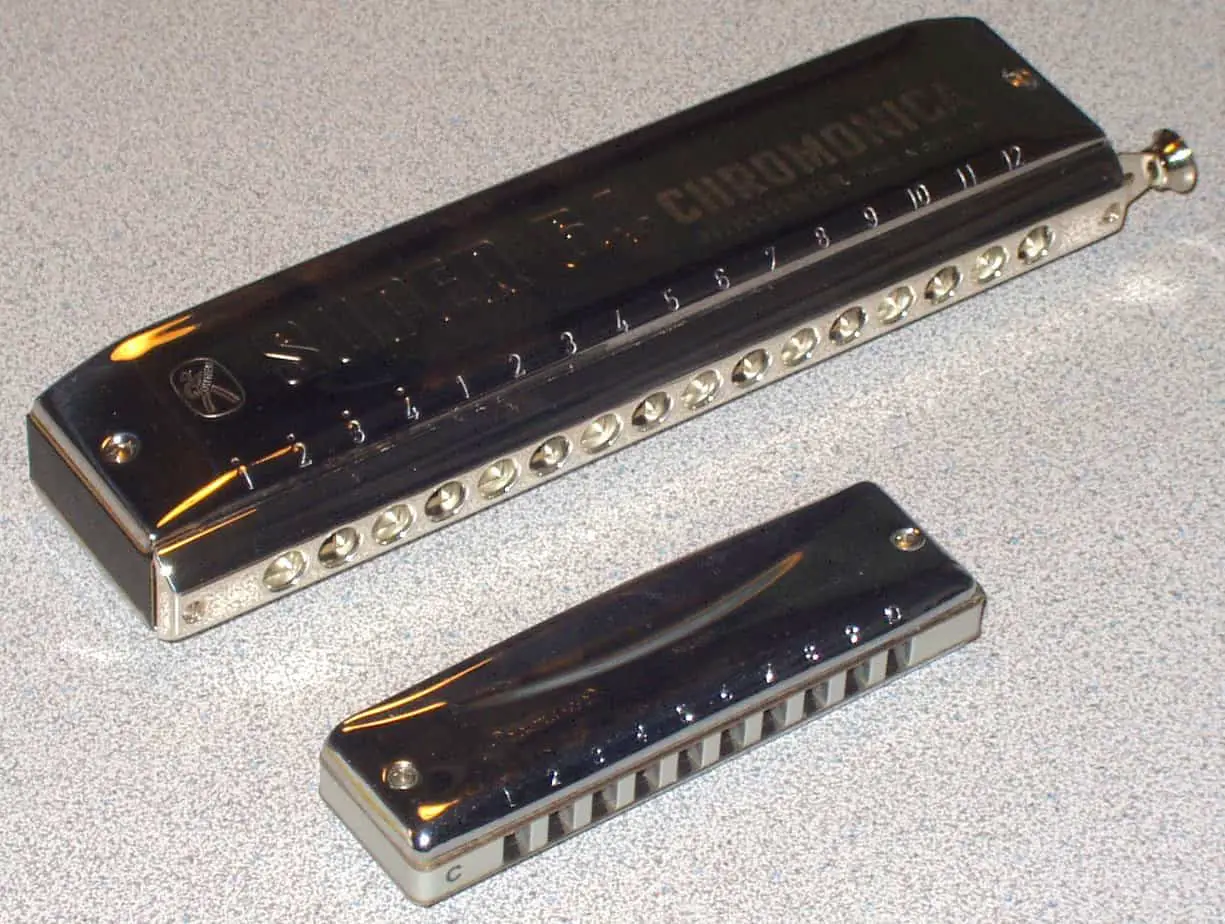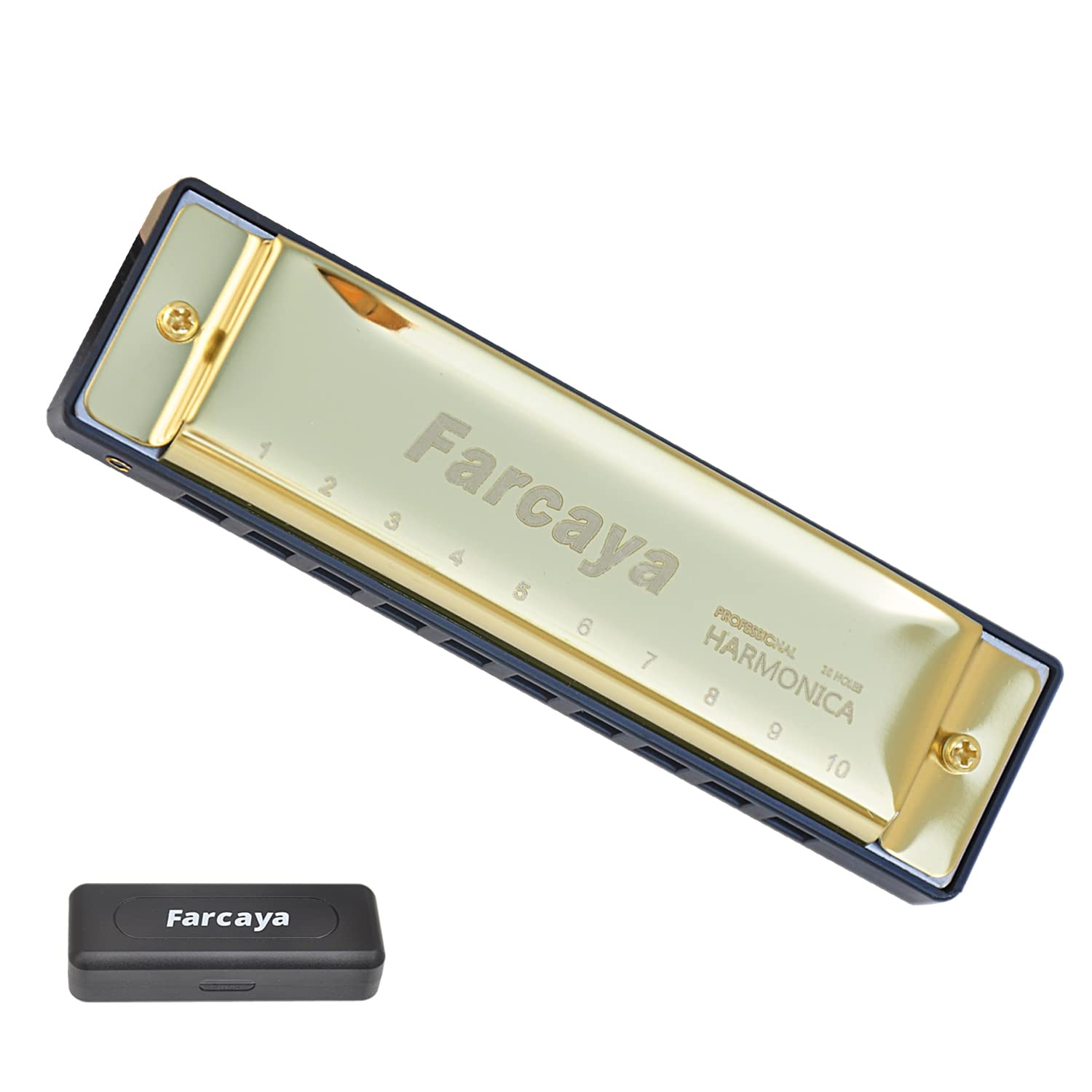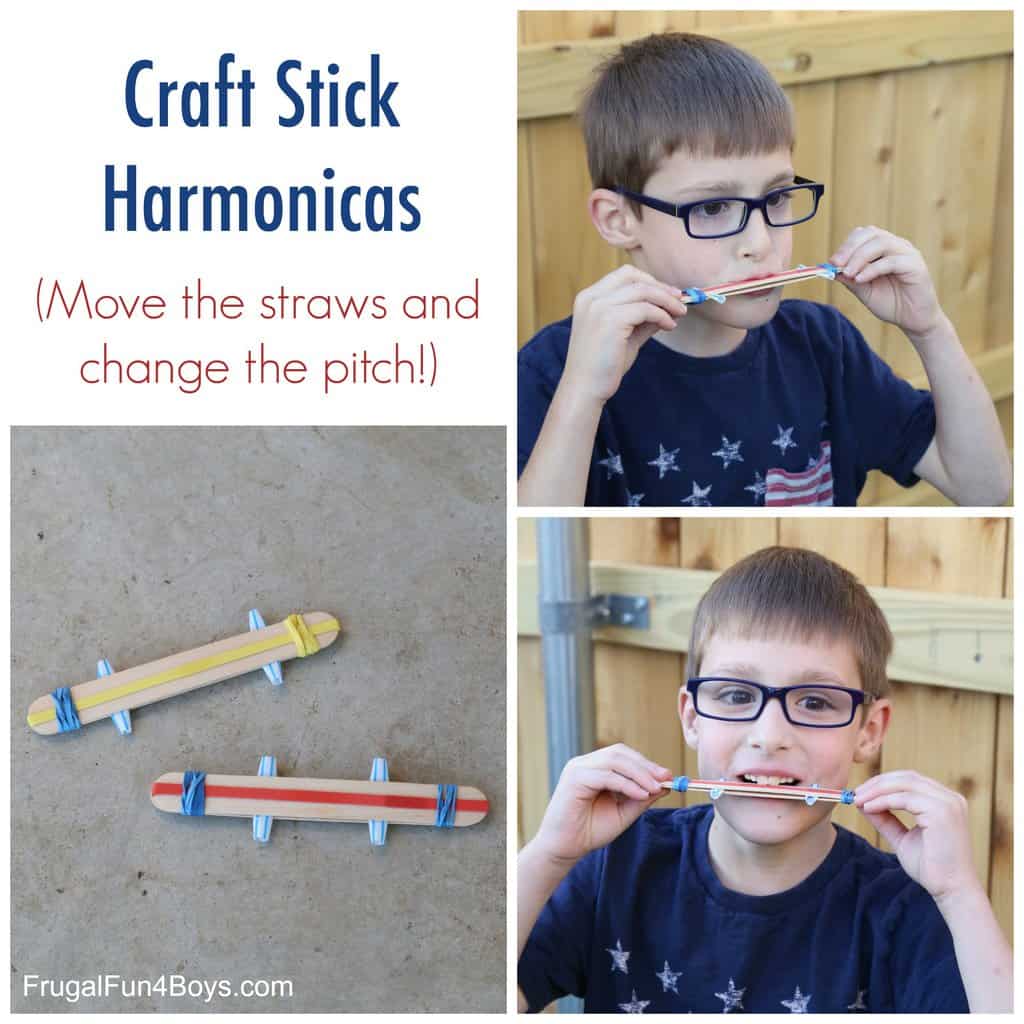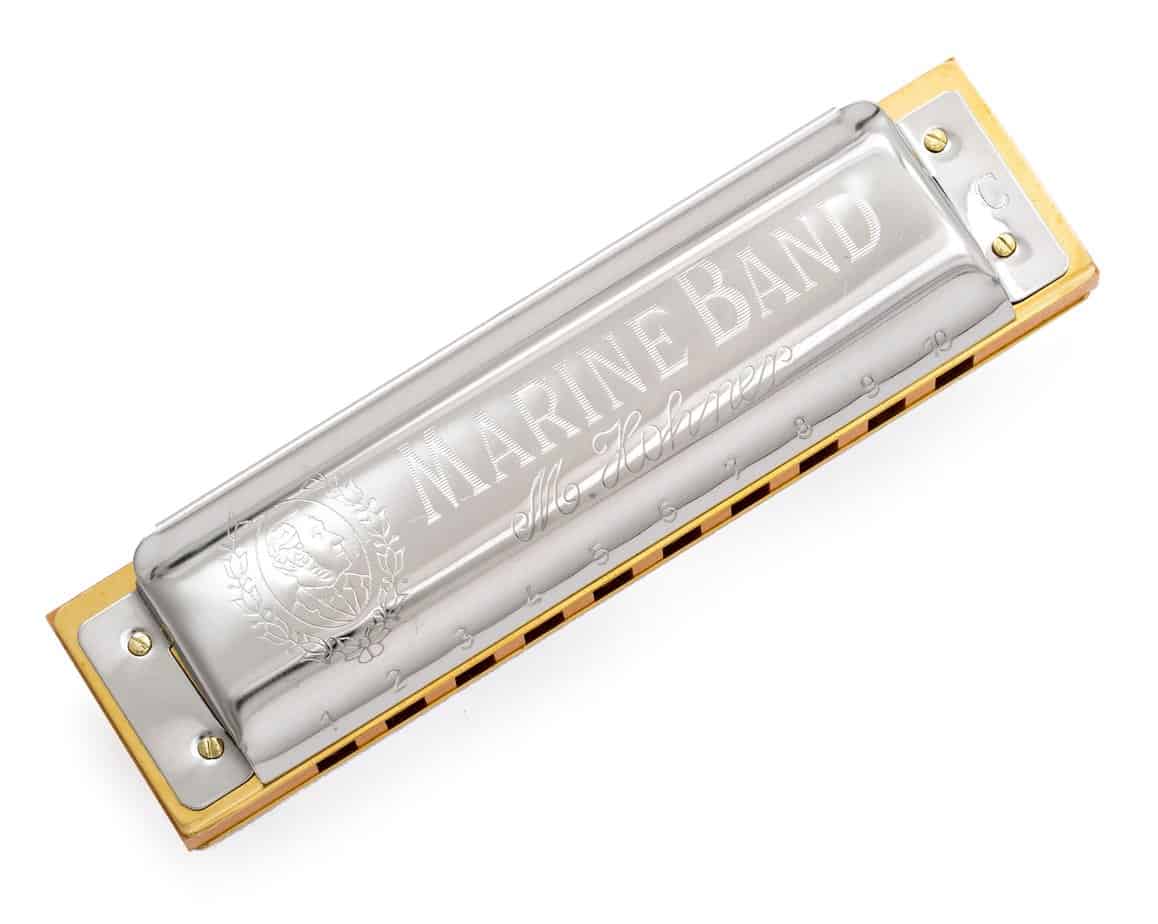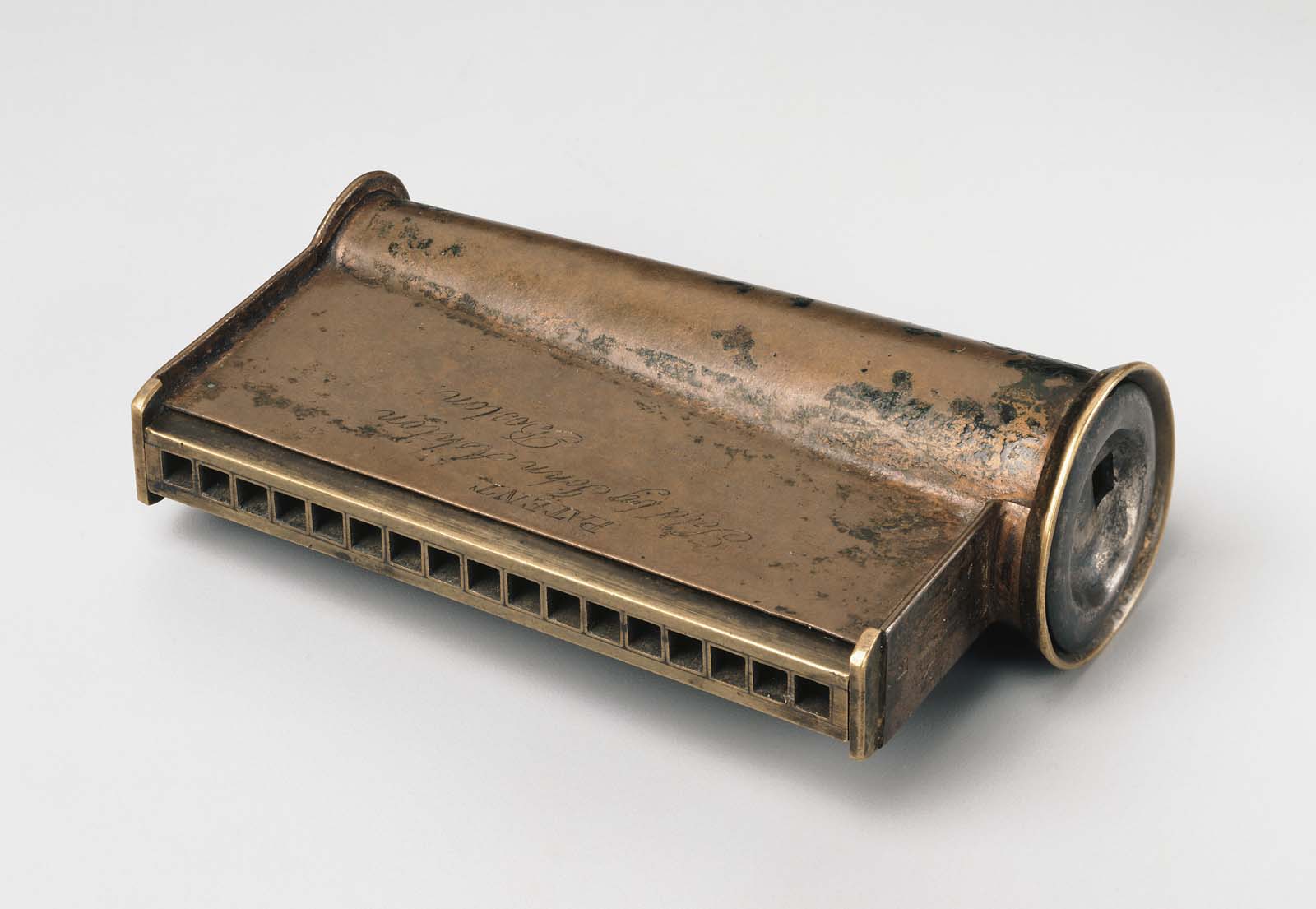Have you ever been curious about how harmonicas are made? As an iconic musical instrument, the harmonica has been around for centuries. It’s a simple yet versatile instrument that’s used in a variety of genres and styles. As I began to explore its history and the process behind its creation, I became more and more intrigued. In this article, I’ll uncover the amazing process behind the making of harmonicas, from the raw materials used to the intricate craftsmanship involved. So if you’ve ever wondered “how are harmonicas made?”, read on to find out!
History of the Harmonica
The harmonica is believed to have been invented in the early 19th century by Christian Friedrich Buschmann, a German clockmaker from Berlin. He developed the instrument from small glass tubes and strips of metal, and named it the “Aeolina”. The Aeolina was the predecessor to the modern harmonica, and was one of the first instruments to be mass produced.
The first harmonica factory was established in Germany in 1821, and the instrument quickly spread throughout Europe. It wasn’t until 1857 that the harmonica was introduced to America, when a German immigrant named Matthias Hohner began selling harmonicas in the United States.
Hohner’s harmonica became the most popular instrument of its kind, and his company has remained the leading harmonica manufacturer in the world. Hohner’s harmonicas are still used today by some of the most famous harmonicists, including Bob Dylan, John Lennon, and Stevie Wonder.
The harmonica has become one of the most popular instruments in the world, and is used in many different genres of music, from blues, to folk, to classical. It can be heard in everything from jazz to rock and roll, and is still used by some of the most influential musicians in the world.
The harmonica remains an important part of music history, and its unique sound is still enjoyed by musicians and listeners alike.
Anatomy of the Harmonica
The harmonica is composed of two main parts: the comb and the reed plates. The comb is the outer casing of the instrument, usually made of wood or plastic. It contains a set of air chambers, each of which is connected to a reed plate. The reed plate is a metal plate with several metal reeds, or tongues, attached to it. These reeds vibrate when air is blown or sucked across them, producing sound. The reeds are tuned to different notes, allowing the harmonica to produce melodies. The comb also contains a set of holes, which allow air to pass over the reeds when the instrument is played.
Materials Used in Harmonica Making
- Metal reeds
- Plastic comb
- Brass covers
- Wooden shells
- Leather washers
- Screws
- Nuts and bolts
- Spring clips
The materials used to make harmonicas are metal reeds, a plastic comb, brass covers, wooden shells, leather washers, screws, nuts and bolts, and spring clips. Metal reeds are the main sound producing element in harmonicas. They are usually made of brass, steel, or bronze and are held in place by the plastic comb. The plastic comb is the body of the harmonica, which holds the reeds in place. The brass covers are what give harmonicas their distinctive look and protect the reeds and comb. Wooden shells are used to enclose the harmonica and provide a protective casing. Leather washers are used to attach the brass covers to the wooden shells. Screws, nuts and bolts are used to secure the covers and shells together. Finally, spring clips are used to keep the reeds in place.
How a Harmonica is Made
| Step | Description |
|---|---|
| 1 | Manufacturers cut metal plates to the exact size and shape of the harmonica. |
| 2 | The metal plates are then punched with holes for the reeds. |
| 3 | The reeds are then inserted into the holes of the metal plates and secured with glue. |
| 4 | The metal plates are then bent in the necessary shape to form the harmonica. |
| 5 | The metal plates are then attached to a plastic or wooden comb. |
| 6 | The reeds are then adjusted to the correct pitch. |
| 7 | The harmonica is then tested for sound quality and tuning. |
| 8 | The harmonica is then packaged for sale. |
The final step in the manufacturing process is to assemble the parts of the harmonica. This involves attaching the metal plates to the comb, adjusting the reeds to the correct pitch, and testing the harmonica for sound quality and tuning. Once all of these steps are completed, the harmonica is ready to be packaged and sold.
Types of Harmonicas
- Chromatic Harmonica – This type of harmonica has a slide button which is used to change the pitch or key of the instrument.
- Diatonic Harmonica – This type of harmonica is the most popular and commonly used. It is constructed with 10 holes and 20 reeds, and it is usually tuned to a specific key.
- Tremolo Harmonica – This type of harmonica has two reeds per note. It produces a vibrato effect by slightly shifting the pitch of the note.
- Octave Harmonica – This type of harmonica has a lower and higher octave for each note. It produces a fuller sound than a regular harmonica.
- Orchestra Harmonica – This type of harmonica has a wider range than other types of harmonicas. It has four sets of reeds, each tuned to a different octave.
- Bass Harmonica – This type of harmonica is tuned an octave lower than a regular harmonica. It is commonly used to play bass lines in blues and rock music.
Parts of a Harmonica
| Name | Description |
|---|---|
| Comb | The comb is the main physical component of the harmonica. It is the plastic or wooden shell that contains the reeds and air chambers. |
| Reeds | Reeds are the metal plates that vibrate when air passes over them. They are the source of sound for the harmonica. |
| Cover Plates | Cover plates are the metal plates that cover the reeds and hold them in place. They also help to keep the air in the chambers. |
| Chambers | The chambers are the airtight spaces inside the comb that hold the reeds and the air. Each chamber is designed to produce a specific note. |
| Mouthpiece | The mouthpiece is the part of the harmonica that the player puts their mouth on. It is where the air enters and leaves the instrument. |
| Reed Plates | Reed plates are the metal plates that hold the reeds in place. They are usually made of brass or stainless steel. |
How to Play a Harmonica
| Step | Description |
|---|---|
| 1 | Identify the parts of the harmonica. It consists of a comb, reeds, and cover plates. |
| 2 | Hold the harmonica between your lips. Make sure your lips are sealed around the edges of the harmonica. |
| 3 | Draw air through the instrument. This will cause the reeds to vibrate, producing sound. |
| 4 | Change the pitch of the sound by pressing down on the numbered buttons. This will change the reed that is vibrating, producing a different pitch. |
| 5 | Practice playing different notes and melodies. This can be done by experimenting with the different pitches and buttons. |
Care and Maintenance of Harmonicas
| Steps | Description |
|---|---|
| 1. Cleaning | Regularly clean the harmonica with a dry cloth and remove dirt and dust. |
| 2. Changing Reeds | Replace worn out, rusty or broken reeds with new ones. |
| 3. Adjusting Reed Plates | Adjust the reed plates to ensure that the reeds are in tune. |
| 4. Lubricating | Lubricate the reed plates with a small amount of oil. This will ensure that the reeds are able to vibrate properly. |
| 5. Storing | Store the harmonica in a cool, dry place and away from direct sunlight. |
Harmonicas should be handled with care and regular maintenance is important for keeping them in good working condition. Cleaning, changing reeds, adjusting reed plates, lubricating and storing the harmonica properly are essential steps for proper care and maintenance.
Frequently Asked Questions
What is the Process for Making a Harmonica?
Harmonicas are made from metal or plastic reeds, brass reed plates, and a comb made from metal or plastic. The reeds, which are the main sound-producing components, are cut and tuned to vibrate at specific frequencies. The reeds are then fixed to the reed plates, which are held together by screws, nuts, or rivets. Finally, the comb is affixed to the reed plates and the harmonicas are finished with lacquer.
What materials are used to construct a harmonica?
Harmonicas are typically constructed from metal reeds, plastic or wood comb, and metal covers. The reeds are made from brass, steel, or phosphor bronze and are fixed to the comb. The comb is usually made of plastic or wood, and the covers are made of metal such as brass, nickel, or chrome. The reeds and comb are fixed together with screws, rivets, or glue.
What Techniques are Used to Craft a Harmonica?
Harmonicas are crafted using a combination of machining and hand-assembly. The comb, or body, of the harmonica is made from a variety of materials including plastic, brass, and stainless steel. Machining is used to cut slots for the reeds, holes for the air chambers, and to shape the comb. The reeds are made from brass and are bent and tuned by hand. The reeds are glued into the comb using a special adhesive and the reed plates are attached to the comb using screws. The cover plates are then machined to size, bent and fitted onto the reed plates. The harmonica is then assembled and tested for quality assurance.
How many reeds does a harmonica have?
A harmonica typically has between 10 and 24 reeds, depending on the model. Each reed is made from brass, stainless steel, or phosphor bronze and is mounted on a metal plate. The reeds are arranged in pairs, one for each of the holes in the comb, allowing air to vibrate the reed and create sound.
How is a Harmonica Tuned?
Harmonicas are tuned by adjusting the length of the reed plates and the reeds themselves. The reed plates are made of thin metal strips and contain slots for the reeds. The length of the reed plates determines the pitch of the harmonica, while the tension of the reeds’ springs affects the volume. The reeds themselves are tuned by filing away a portion of the metal strip using a file or small saw. The filing process is delicate and requires a skilled artisan to ensure the harmonica is accurately tuned.
Conclusion
Harmonicas are a unique and iconic instrument that have been around for centuries, and the process of making them is just as fascinating as the music they produce. Modern harmonicas are made using a combination of metalworking, woodworking, and plastic injection molding techniques. Every part of the harmonica is made to precise specifications and then assembled by hand. The final product is a unique, iconic instrument that can produce a range of sounds and bring joy to the world.

